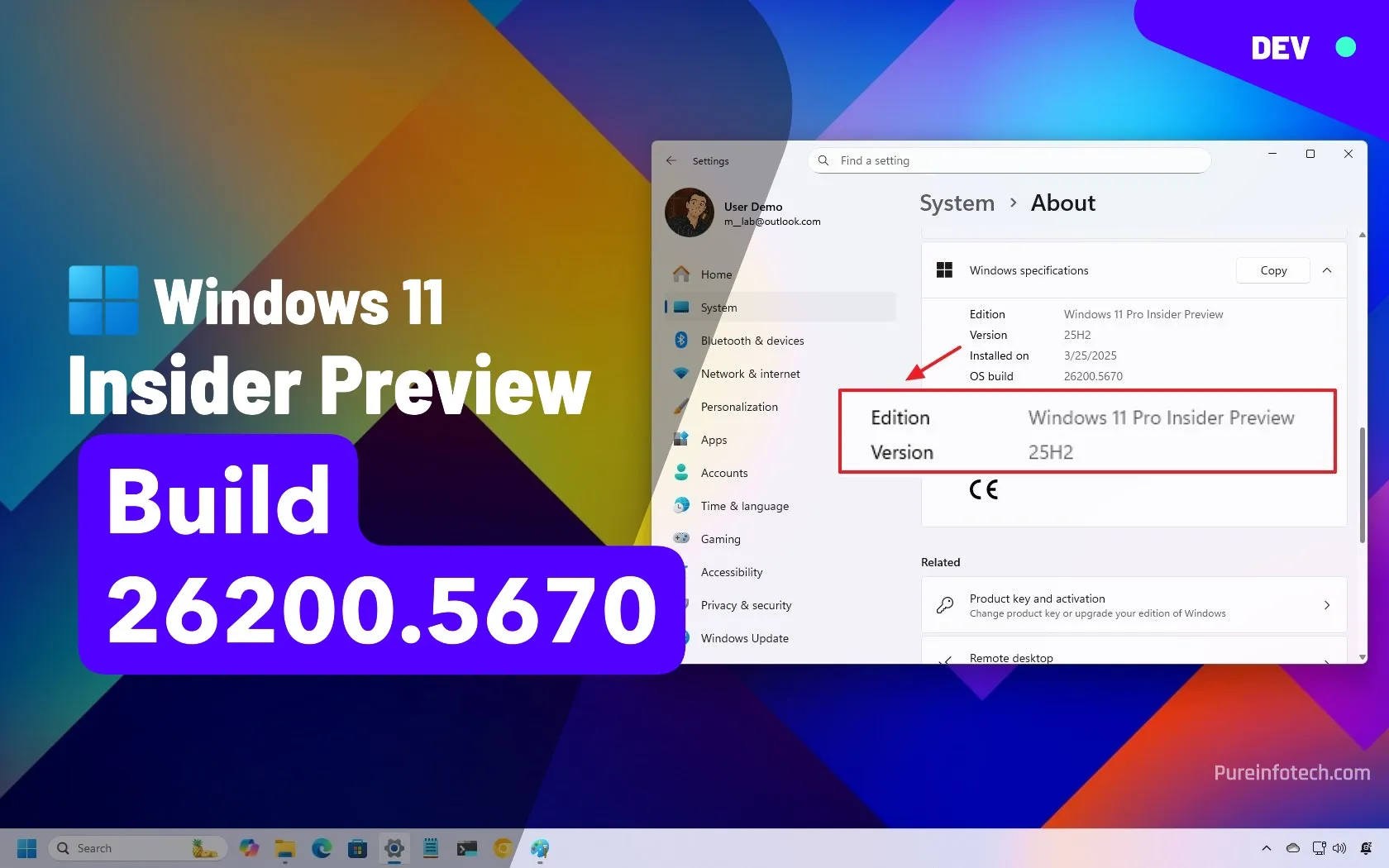How to Make Sense of Garmin’s Forerunner Model Numbers

Garmin’s Forerunner line contains some of my favorite watches—the 265, which is arguably still the best of the bunch; the 570, which newly replaced it and has some snazzy new features, and the 955, which is a heck of a deal for something so feature-rich despite its age. If these numbers mean nothing to you, read on—they’re actually pretty easy to understand once you know the two rules Garmin uses to pick what number goes with which watch.
The last two numbers describe its generation
Both of the watches released this year end in -70. The watches that came out in 2023-2024 all end in -65. They were preceded by a generation that ended in -55, and before that was -45, and so on. Could Garmin have just made the last two numbers reference a year, like 23 or 24? Sure, but at least there seems to be some internal logic here. (Go back too far, and the naming scheme gets a little less predictable, but this rule will help you understand pretty much everything released in this line in the last 10 years or so.)
Here’s another important rule of thumb: everything from -65 on up (so, for now -65 and -70) has an AMOLED screen, where it’s glowy like your smartwatch. The older models, up to and including -55, have MIP screens that are reflective and always “on,” but aren’t as sharp or bright. I have a rundown on MIP vs AMOLED here.
The first number tells you how fancy (or expensive) the watch is
Take a look at the first number in the watch name, and think of it as being on a scale of 0 to 9. The higher the number, the nicer the watch. This tells you that the 965 has more features and a higher price tag than the 265; likewise, the 970 has more going for it than the 570. The exact feature set changes from generation to generation, but here’s an important fact to remember: the 9xx watches are the ones with maps. The 570, 265, and so on have breadcrumb navigation but no maps.
What do you think so far?
With this background, we can now understand why the newest Forerunner line includes a 570. The previous lineup had a 165, 265, and 965, with nothing in between the “2” and “9” levels. Meanwhile, the 165 and 265 were pretty different in terms of features, with the 265 boasting dual-band GPS and compatibility with power meters, to name a few. Garmin apparently wanted to signal that its mid-range watch was truly in the middle of the range, so they added a few extra features the 265 didn’t have—like heat acclimation, which used to only be on the 9xx series—and bumped it up to a “5” rather than a “2”—with an upgraded price to match.











